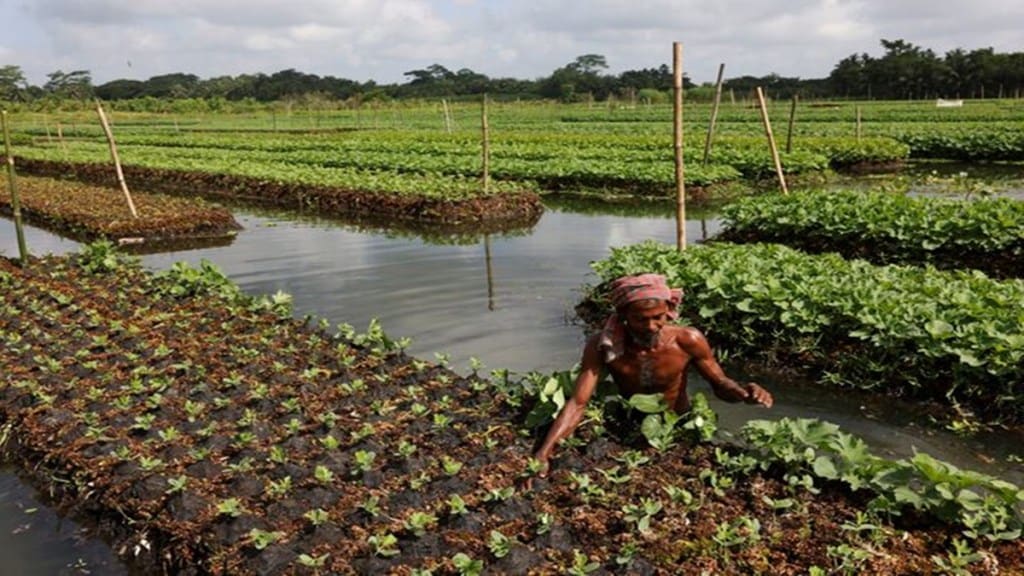The good news for agricultural operations during the kharif or summer season is that the southwest monsoon has rapidly advanced to cover the entire country nine days ahead of its normal schedule on July 8. The monsoon also had an early onset over Kerala eight days before its normal date of June 1. It subsequently stalled in the first half of June and revived in the second half with above normal rainfall for the month as a whole that was 109% of its long period average (LPA). Good rainfall in the first month of the monsoon season marked a welcome break from the earlier three years which registered an overall deficiency in June.
In July, too, the India Meteorological Department (IMD) forecasts above normal rainfall of 106% of the LPA, which augurs well for brisk sowing operations for crops like paddy, coarse cereals, pulses, and soya bean. June and July are the most crucial months in this regard. Kharif sowing in fact accounts for 60% of the annual crop production in the country. The prospect for above normal rains should result in higher levels of kharif food grain output in the 2025-26 crop year from July to June.
The southwest monsoon’s early onset has proved advantageous for paddy cultivation. Kharif sowing for pulses like moong and urad, oilseeds led by groundnut, and coarse cereals have gained momentum as monsoon progressed after halting in the first half of June 2025. Kharif sowing has covered 40% of the normal area and is up by 11% on year as of July 4. There is, however, a prospect of rains stalling again from July 5 to the 15 and reviving thereafter.
Farm sentiments have been buoyed by a hike in minimum support prices for 14 kharif crops—ranging from 1% for moong to 13.9% for ragi on year—that are also higher than their prevailing mandi prices. Although sowing of soya bean is up by 4.7%, there is an expectation of a decline in acreage as farmers shift to alternative crops because of low realisation in the last two years. Overall kharif tidings are positive as rainfall is expected to be above normal in the core monsoon zone—that includes Madhya Pradesh, Chhattisgarh, Maharashtra, and Odisha—which covers much of India’s rainfed agricultural land. Good rains will also fill up reservoirs.
Although above normal rainfall boosts kharif operations, it also entails risks like flooding, landslides, and other disruptions. The monsoon’s fury in Himachal Pradesh has been felt in districts like Mandi. Landslides in Uttarakhand blocked over 100 roads impacting the Char Dam religious yatra. Metropolitan India is woefully unprepared to cope with such unusual events as storm water drains are rarely de-silted in time and rainwater inundates roads and habitations.
The IMD warns that the catchment areas of rivers like the Godavari, Mahanadi, and Krishna must be closely monitored. The upper Mahanadi catchment area includes Chhattisgarh and Madhya Pradesh that are in the core monsoon zone. While the kharif farming heartland benefits from good rains, there is also the prospect of flooding episodes. Timely IMD agromet advisories to farmers to drain out excess water from crop fields will be very useful in this regard. While the good news is that the monsoon is active all over the country, the policy imperative must be to insulate agriculture from its vagaries by building more irrigation facilities in its core zone.


